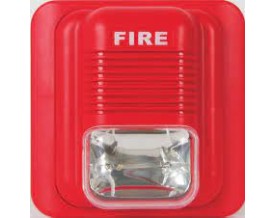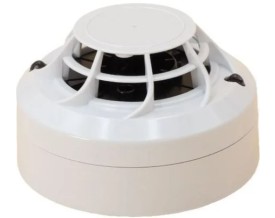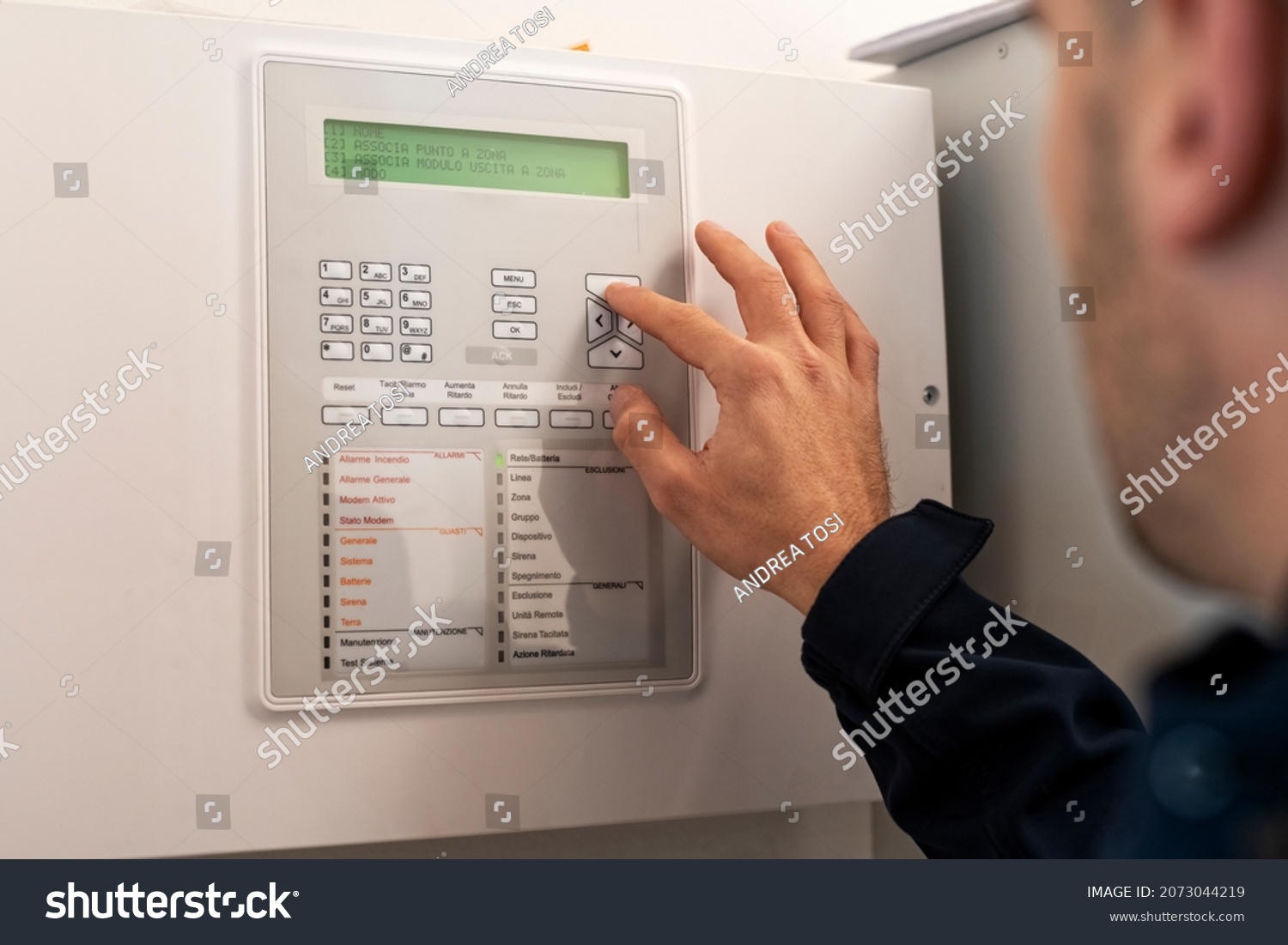FIRE ALARM SYSTEMS
A fire alarm system is a building system designed to detect and alert occupants and emergency forces of the presence of smoke, fire, carbon monoxide, or other fire-related emergencies. Fire alarms systems are required in most commercial buildings. They may include smoke detectors, heat detectors, and manual fire alarm activation devices, all of which are connected to a Fire Alarm Control Panel (FACP) normally found in an electrical room or panel room. Fire alarm systems generally use visual and audio signalization to warn the occupants of the building. Some fire alarm systems may also disable elevators, which under most circumstances, are unsafe to use during a fire
Fire Alarm Makes we are dealing with…
BOSCH
EST-EDWARDS
HONEYWELL
RAVEL
GST
FIRE ALARM PANEL
Fire alarm panel is the controlling component of a fire alarm system. The panel receives information from devices designed to detect and report fires, monitors their operational integrity, and provides for automatic control of equipment, and transmission of information necessary to prepare the facility for fire based on a predetermined sequence
The panel may also supply electrical energy to operate any associated initiating device, notification appliance, control, transmitter, or relay. There are four basic types of panels: coded panels, conventional panels, addressable panels, and multiplex system

A fire extinguisher is a handheld active fire protection device usually filled with a dry or wet chemical used to extinguish or control small fires
FIRE EXTINGUISHERS
ABC CYLINDER ABC fire extinguishers are filled with a fine yellow powder. The greatest portion of this powder is composed of monoammonium phosphate. Nitrogen is used to pressurize the extinguishers
CO2 Fire Extinguishers CO2s are designed for Class B and C. (flammable liquid and electrical) fires only. Carbon dioxide extinguishes work by displacing oxygen, or taking away the oxygen element of the fire triangle. The carbon dioxide is also very cold as it comes out of the extinguisher, so it cools the fuel as well
Water Extinguisher Water extinguishers are used on solids such as wood, paper, fabrics and other A class fire risks. The water cools the fire and extinguishes it. It penetrates into burning fabrics and can extinguish pockets of fire even deep in the core of the fire
Foam Extinguisher Foam Fire Extinguishers are suitable to fight burning solids such as wood as well as liquid fires such as burning petrol. The foam has the ability to creep over the burning liquid or to soak into burning materials such as settees
Wet Chemical Extinguishers Wet chemical fire extinguishers tackle fat and grease fires in kitchens (Class F), for example deep fat fryer fires. In addition, some wet chemical extinguishers can tackle Class A fires (wood, paper etc) and Class B fires (eg petrol)







TYPES OF FIRE EXTINGUISHERS
Fire Extinguisher Types and Classes. The six main fire extinguisher types are water, foam, CO2, powder, water mist and wet chemical.


Copyright © 2023 Netcom Technologies. All rights reserved.


